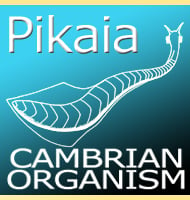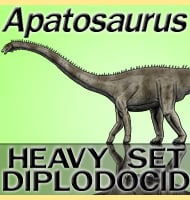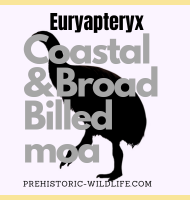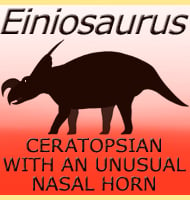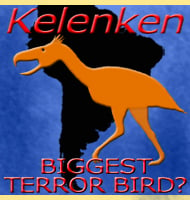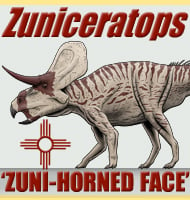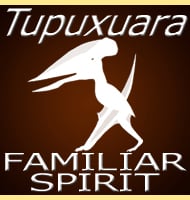In Depth
Kembawacela is a genus of burrowing dicynodont that lived in Africa during the late Permian. Aside from living in burrows, Kembawacela would have roamed around looking for plants to eat. There is some evidence for sexual dimorphism in Kembawacela due to not all of the fossil skulls having tusks. The large development of some of the skulls lacking tusks suggests that a lack of tusks is not a juvenile feature.
Further Reading
- A new tusked cistecephalid dicynodont (Therapsida, Anomodontia) from the upper Permian upper Madumabisa Mudstone Formation, Luangwa Basin, Zambia. - Papers in Palaeontology. - K. D. Angielczyk, J. Benoit & B. S. Rubidge - 2019. – Kembawacela yajuwayeyi n. sp., a new cistecephalid species (Dicynodontia: Emydopoidea) from the Upper Permian of Malawi. – Journal of African Earth Sciences. 196: Article 104726. – R. Ara�jo, Z. Macungo, V. Fernandez, E.G. Chindebvu, L.L. Jacobs – 2022.

